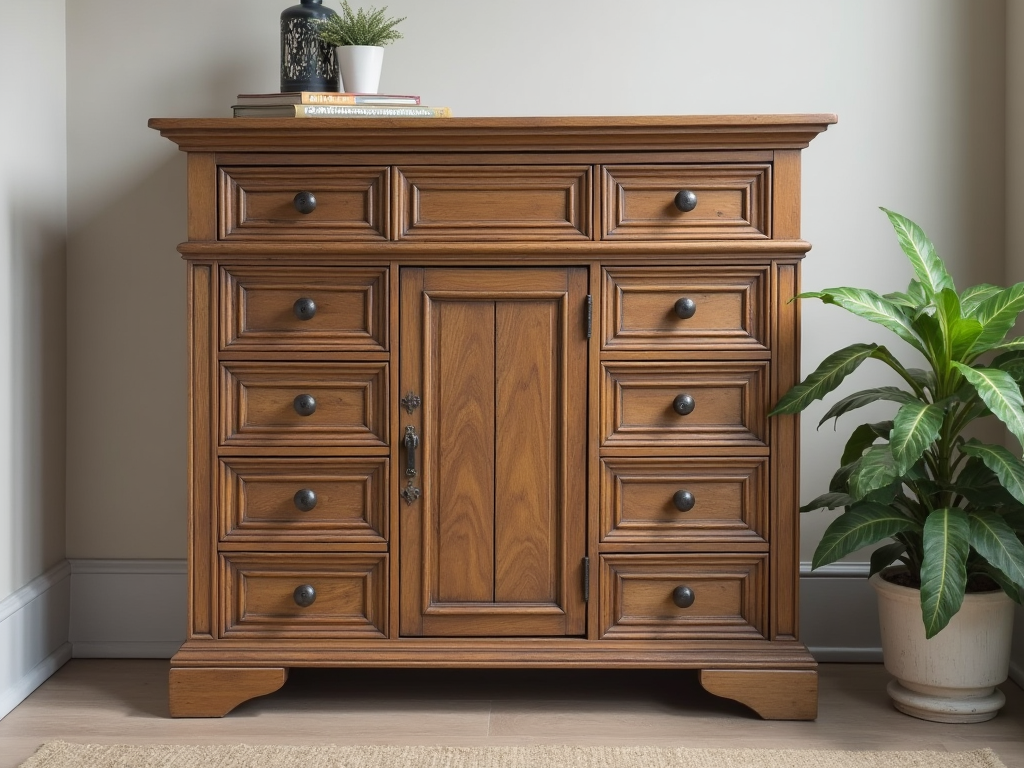Quick facts
Can't find the answer you're looking for? Please get in touch with our friendly team.
Are metal or plastic mailboxes better?
Metal mailboxes are generally more durable and resistant to weather and vandalism, making them a better long-term investment. Plastic mailboxes are lighter and often more affordable, but they may not withstand harsh conditions as well as metal options.
What is the average price to install a mailbox?
The average cost to install a mailbox ranges from $100 to $300. This includes the mailbox itself and installation fees. Factors like the mailbox type, materials, and location can influence the total price.
How do I get a new mail box?
To get a new mailbox, visit a home improvement store or online retailer. Choose a style that fits your home decor. Ensure it meets local regulations. Install it according to the manufacturer's instructions, or hire a professional for installation if needed.
Does the USPS provide mailboxes?
No, the USPS does not provide mailboxes for residential use. Homeowners are responsible for purchasing and maintaining their own mailboxes. However, USPS does offer standard mailbox specifications to ensure proper mail delivery. You can find these guidelines on the USPS website.
Why are mailboxes so expensive?
Mailboxes can be expensive due to factors like materials used, design complexity, and brand reputation. High-quality materials like metal or weather-resistant plastics increase durability. Custom designs or decorative features also add to the cost, making them more of a home decor element.
What is the best type of mailbox to get?
The best type of mailbox depends on your needs. For durability, consider a metal mailbox; for style, a decorative wooden one can enhance curb appeal. Ensure it meets local regulations and is large enough for packages. Look for weather-resistant options to protect your mail.
Category Overview
Introduction
Mailboxes serve a vital purpose in any home by providing a designated space for receiving mail and packages. They enhance everyday life by fostering organization and security, allowing you to manage correspondence effortlessly. Whether it’s the morning newspaper or important documents, a well-placed mailbox brings comfort through utility, all while lending a touch of charm to your home's exterior.
Functionality
The primary function of mailboxes is to securely hold your incoming mail and packages. You can find them in various locations around your property — from front yards to porches or even mounted on walls near entryways. Many modern designs include features such as locking mechanisms for security, weatherproof materials that withstand the elements, and spacious compartments that accommodate larger parcels. Some innovative styles also integrate with smart technology to notify you when deliveries arrive, ensuring you never miss an important package.
Design & Style
Mailboxes come in an array of styles and materials, catering to every taste and theme. Common materials include sturdy metal for durability, classic wood for a rustic look, and sleek plastic for practicality. You’ll find variations ranging from traditional farmhouse designs adorned with decorative elements, to minimalist models with clean lines that fit contemporary aesthetics. Personalization is key; many homeowners choose colors or finishes that match their exterior decor—from vibrant hues reflecting personality to neutral tones that blend seamlessly into the landscape. This versatility allows you to select the best mailbox for small spaces or an eye-catching statement piece that enhances curb appeal.
Practical Considerations
When selecting the right mailbox, consider factors such as location visibility, material longevity against weather conditions, and whether you need added security features like locks. Think about your usage needs—if you're expecting frequent packages, opt for larger models with generous capacity. Avoid common mistakes such as choosing overly complex designs that might clash with your home's architecture or neglecting installation requirements (like height regulations). Maximizing functionality involves ensuring easy access while still providing protection against theft or harsh weather.
Comparison and Alternatives
When comparing materials like wood versus metal for your mailbox, think about durability versus aesthetic charm; metal is generally more resistant to wear while wood offers warmth but may require more maintenance over time. Additionally, round versus rectangular shapes can impact both style and usability—rectangular boxes typically provide more volume for holding mail. Choose designs based on room size; if your home has a minimalist vibe, stick with sleek shapes rather than bulky options which could overwhelm the entrance area.
Trends and Popular Items
Currently trending are eco-friendly mailboxes made from sustainable materials paired with vintage-inspired designs reminiscent of mid-century aesthetics. The rise of smart mailboxes featuring integrated tech highlights how homeowners are blending functionality with modern conveniences; these innovative products showcase customer favorites that address both design desires and practical needs effortlessly. In conclusion, choosing the right mailbox extends beyond mere functionality—it becomes part of your home’s narrative while enhancing everyday life through organization and style.
Mailboxes Collections
- Target Mailboxes
- Walmart Mailboxes
- Wayfair Mailboxes
- Target Mailboxes under $100
- Walmart Mailboxes under $100
- Wayfair Mailboxes under $100
- Target Mailboxes under $500
- Walmart Mailboxes under $500
- Wayfair Mailboxes under $500
- Target Mailboxes under $1000
- Walmart Mailboxes under $1000
- Wayfair Mailboxes under $1000


